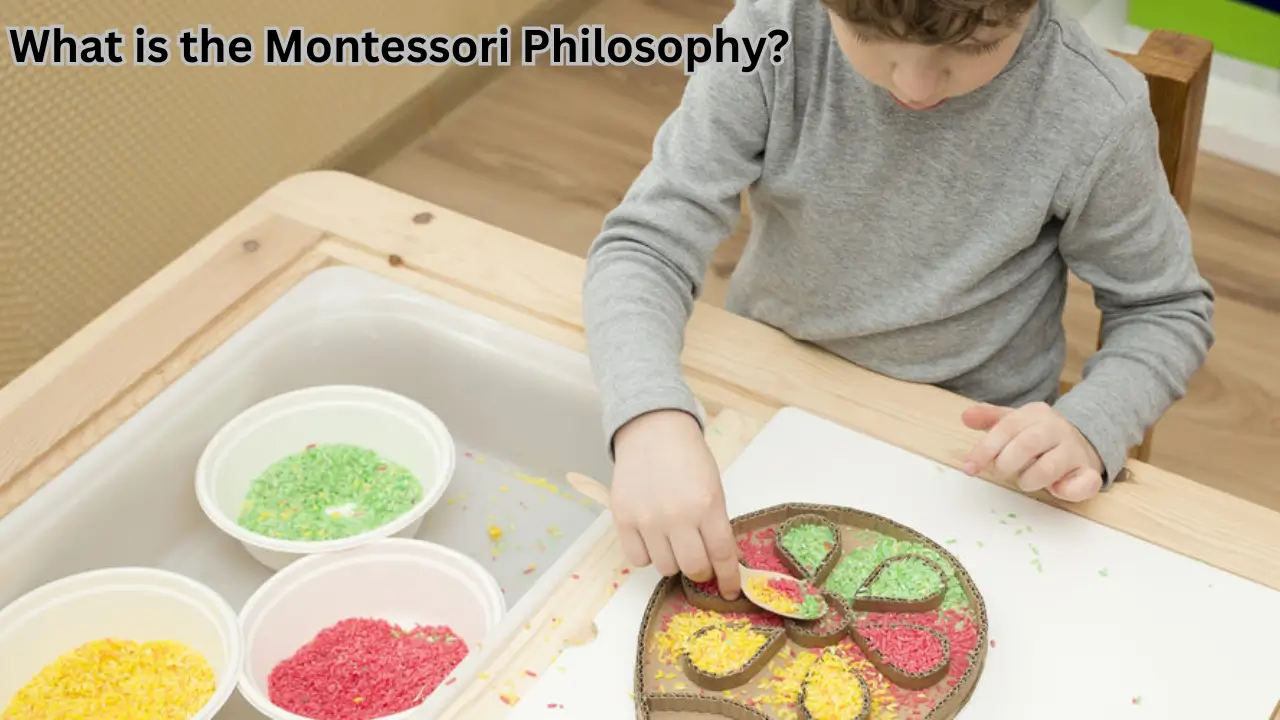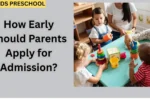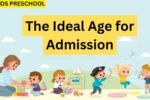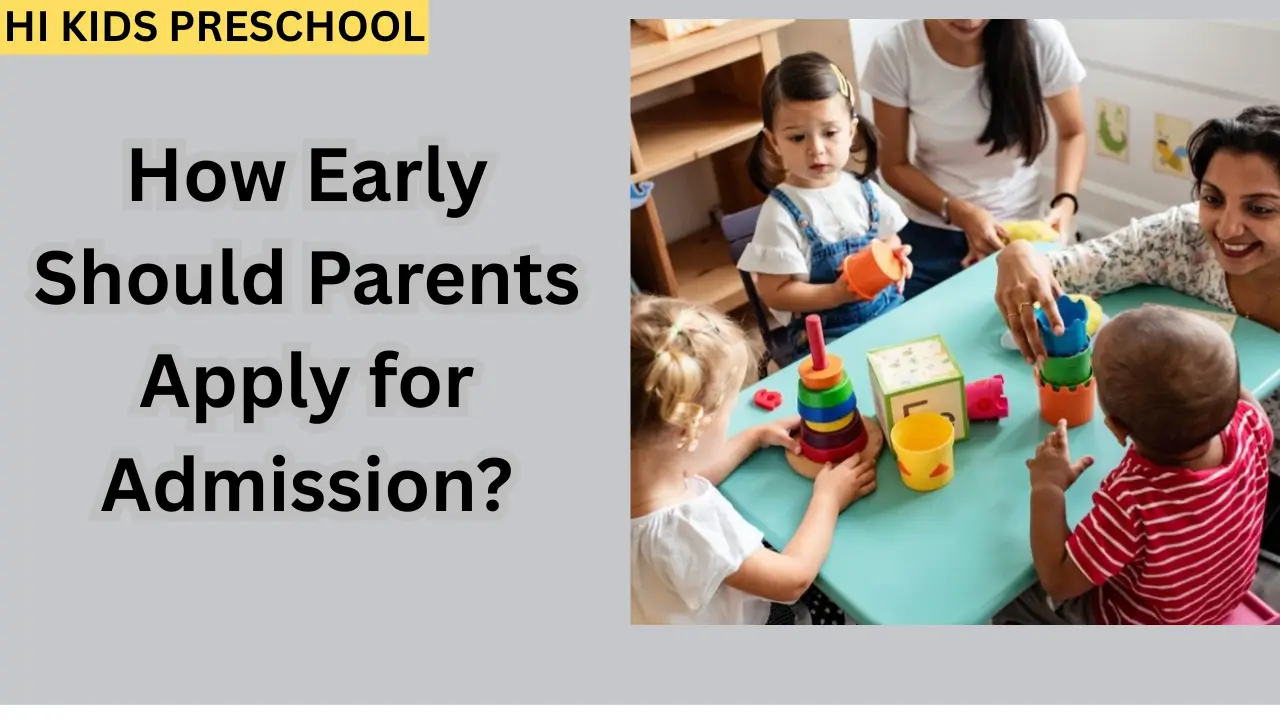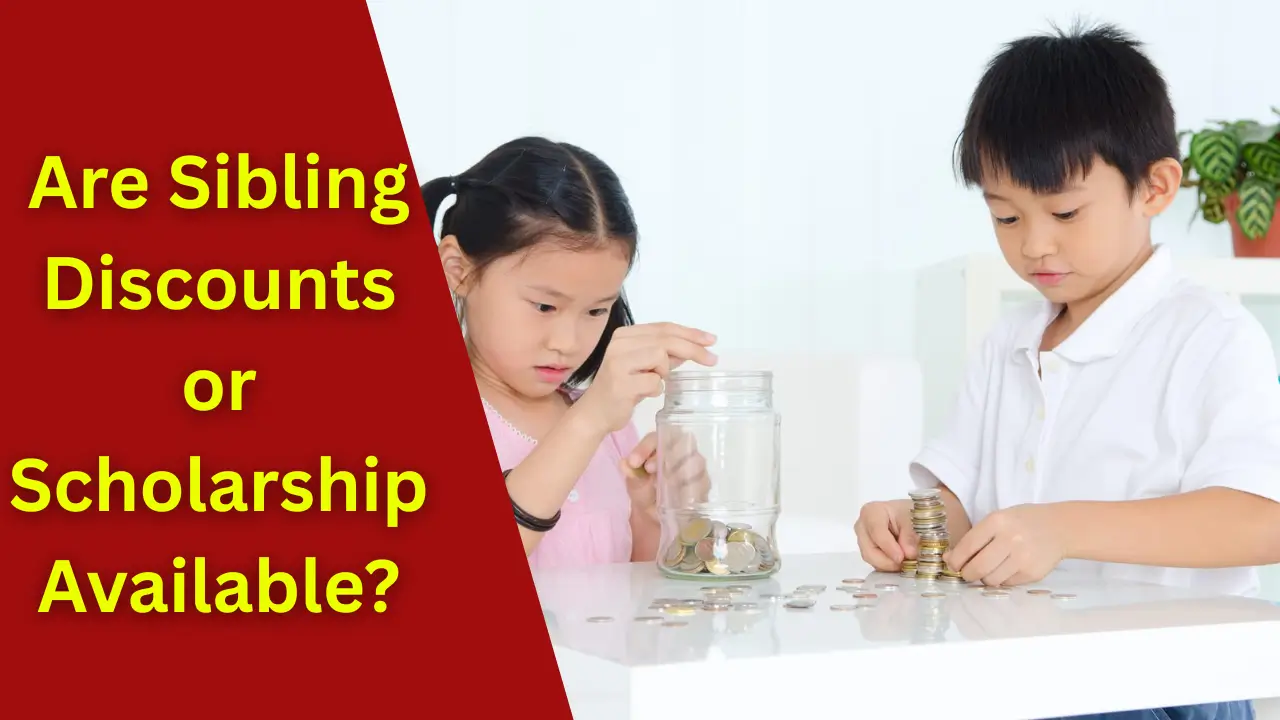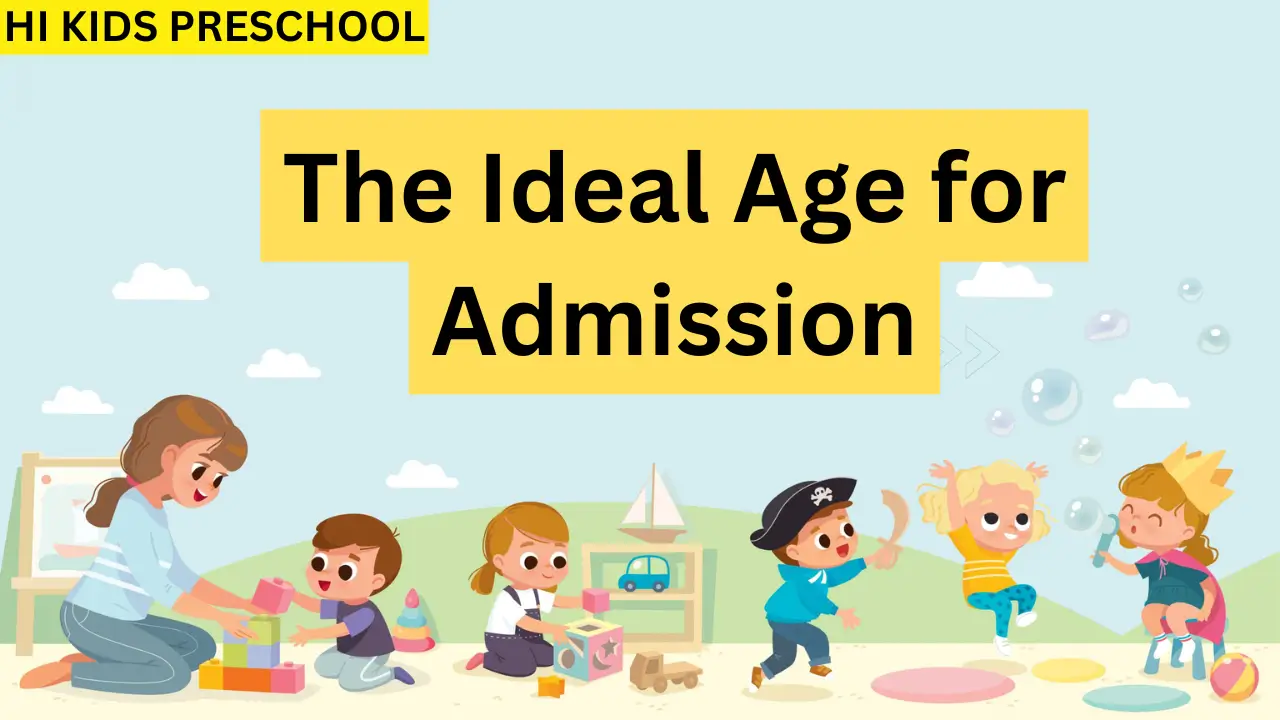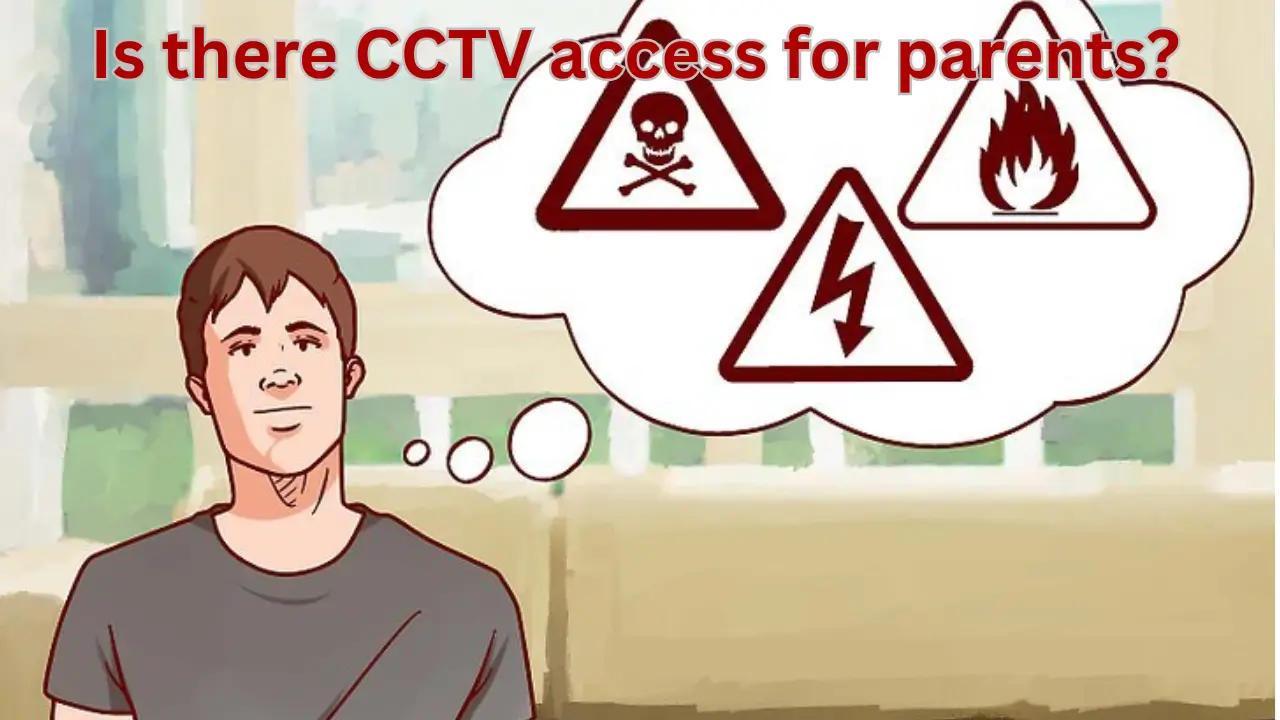The Montessori philosophy is a child-centered approach to education that emphasizes independence, self-directed learning, and respect for a child’s natural psychological development. It is applied in modern classrooms through carefully prepared environments, specially trained educators, and a curriculum focused on hands-on experiences and holistic growth.
What is the Montessori Philosophy?
Foundations of Montessori
Developed by Dr. Maria Montessori, this educational philosophy is rooted in scientific observations of children and an understanding that learning flourishes best when children are free to explore within a supportive environment. Montessori education sees children as naturally eager learners who progress through distinct developmental stages, each marked by specific sensitive periods for optimal skill acquisition.
Three Core Components
The Child
- Montessori views each child as possessing an absorbent mind and passing through sensitive periods when learning is facilitated by personal interest and exploration.
- Children are encouraged to pursue activities at their own pace, fostering intrinsic motivation and independence.
The Adult
- The teacher, often called a guide, acts as a facilitator, preparing the environment and observing each child’s readiness for new challenges.
- Instead of direct instruction, Montessori educators encourage autonomy by offering gentle guidance and support only when needed.
The Environment
- The Montessori classroom is a curated and orderly space where materials are accessible, attractive, and designed to promote self-correction.
- Multi-age groupings and uninterrupted blocks of work time reflect real-life social settings and allow varied developmental needs to be met.
Application in Modern Classrooms
Montessori Curriculum Areas
The Montessori method divides the curriculum into distinct subject areas, each designed to promote holistic development and independent problem-solving:
Everyday Classroom Practices
- Child-led learning: Pupils freely choose their activities, which cultivates autonomy, decision-making, and responsibility.
- Prepared environment: Furniture and materials are child-sized and placed within easy reach to support self-directed exploration.
- Multi-age groupings: Older children model skills and mentor younger peers, encouraging collaboration and social development.
- Hands-on, multisensory activities: Children engage with concrete materials before moving to abstract concepts, strengthening their sensory and motor skills.
- Uninterrupted work periods: Extended periods for focused work allow deeper concentration and mastery of concepts.
Key Montessori Principles
- Respect for the child’s individuality and pace of learning
- Prepared environment designed for self-motivation and autonomy
- Specialized materials encouraging self-correction and problem-solving
- Freedom within limits, allowing choices but maintaining clear boundaries
- Focus on holistic development: academic, emotional, social, and practical skills
Latest Updates in Montessori Education (2025)
Emerging Trends
- Increasing global adoption: Montessori teaching is now recognized for preparing children for a rapidly changing world by fostering adaptability and creativity.
- Technology integration: While core practices remain hands-on, some Montessori schools are carefully integrating technology in ways that support self-directed and collaborative learning.
- Inclusion and accessibility: Recent developments focus on making Montessori classrooms more accessible to children with diverse educational needs and bilingual backgrounds.
- Teacher training demand: The need for trained Montessori educators has surged, reflecting high parent and institutional interest in personalized, holistic education.
- Positive outcomes for special needs: Research shows that Montessori methods help children with ADHD and other learning challenges improve performance and engagement.
Ongoing Challenges
- Cost and accessibility: Not all families can access high-quality Montessori education due to costs and availability, and efforts are ongoing to expand reach.
- Curriculum flexibility: While the flexible and student-driven curriculum is widely praised, some argue it requires careful balancing with academic benchmarks.
Summary Table: Montessori Philosophy vs. Traditional Education
Conclusion
The Montessori philosophy represents a transformative approach that nurtures the whole child—intellectually, emotionally, and socially—by empowering independence and fostering a lifelong love of learning. Its modern application ensures children are prepared for real-world challenges, supported by ongoing innovations and growing recognition globally.
